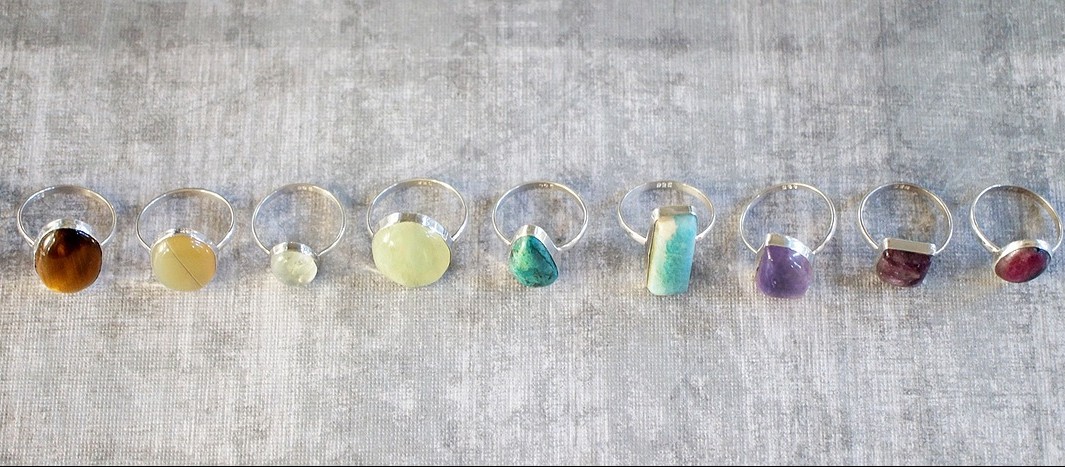Q: I overheard a conversation the other day, and it intrigued me. They were talking about designing jewelry for a company, eliminating the need for doing art fairs. I make one-of-a-kind pieces of jewelry and love the creative side, but the selling side, not so much (and as I get older, those shows are getting tough to do)! Designing for a company sounds as though it’d be right up my alley, but where in the world do I start? Any thoughts? Thanks for any help you can give.
—Barb Lippert, via e-mail
A: As we roll into the new normal of the 21st century, thinking about being a designer craftsperson makes a lot of sense. There are many socio-economic reasons to want to move away from the art fair circuit. However, I’d suggest you continue to design and produce your own work and consider yourself a freelance designer, at least at the beginning of your new career. Most manufacturers employ full-time designers for the majority of their products, perhaps bringing in a freelance person for a special project. Unfortunately, if you didn’t study industrial design in college and follow that path, there isn’t an established route that will lead to a contact as a designer. So how can you crack this nut?
The easiest route to designer status is to be seen at a show by the buyers for a retailer or catalog company. These companies all send their buyers and product development people to all of the major wholesale and some large retail shows. In addition to purchasing the production work of craftspeople, many large retailers and catalogs engage a maker, whose work they like, to do exclusive designs. This approach is driven by the ongoing need for retailers to have products that are unique and can only be purchased from them. There are two issues I hear again and again about this process. First, the designer may not have any control over the quality of the workmanship in the items they’ve designed. And second, most often the items will not carry the name of the designer. You’d want to have some control over both of these issues.
You could also consider sending your resume and images of your work to businesses you think might be interested in the items you design. This approach will require you to do considerable research. You don’t want to waste your time and annoy the product development department people by sending material that is inappropriate to what they produce. You can use the internet to research most catalogs, since they are posted online. Getting a handle on appropriate manufacturers may not be as easy. I’m not clear how I would proceed with this other than to go shopping in lots of shops and stores ranging from high-end to discount. Check out the lines they carry and note the ones with designs that visually relate to your work. Make note of their makers and then turn to the internet for more information about contacting the manufacturers. Good luck with this project that I sense will be challenging but well worth pursuing.







